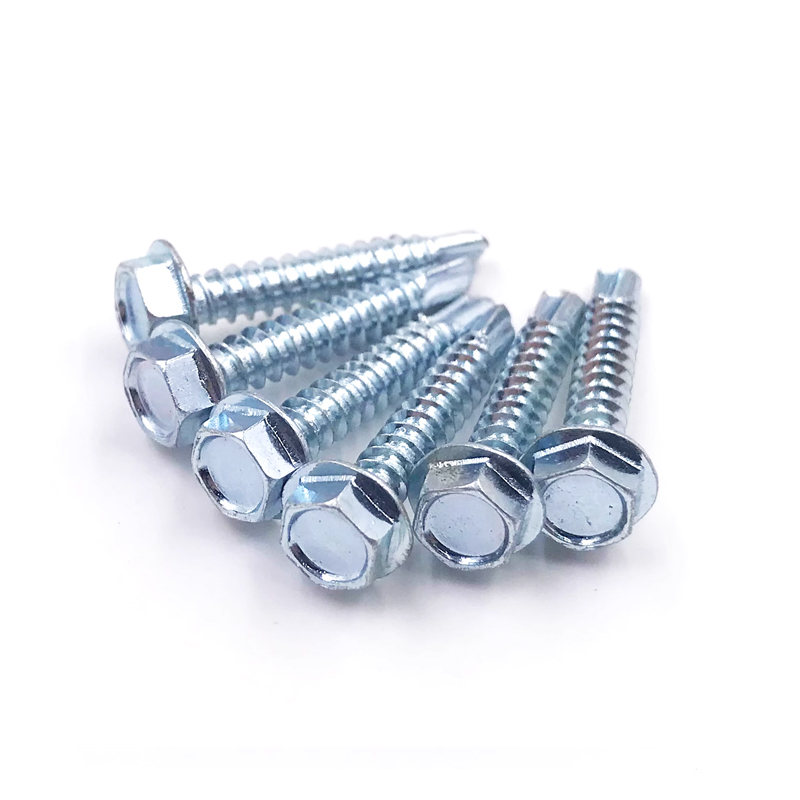Innovative Self-Drilling Hooks for Efficient and Easy Installation Solutions
The Importance of Self-Drilling Hooks in Modern Construction
In the realm of construction and engineering, efficiency and reliability are paramount. A significant innovation that has gained traction in recent years is the self-drilling hook. These specialized fasteners have revolutionized how various materials are joined, providing exceptional performance in various applications. In this article, we’ll delve deeper into self-drilling hooks, their advantages, applications, and the reasons why they are becoming an essential tool in the construction industry.
What are Self-Drilling Hooks?
Self-drilling hooks are specially designed fasteners that combine the functionalities of a drill bit and a hook in one compact unit. This unique design allows them to penetrate materials directly without pre-drilling, saving time and improving efficiency. The tip of a self-drilling hook is engineered to cut through a range of materials, including metal, wood, and composite surfaces, making them incredibly versatile.
Advantages of Self-Drilling Hooks
1. Time Efficiency One of the most substantial advantages of self-drilling hooks is the time savings they provide. Traditional fastening methods often require multiple steps, including drilling pilot holes and then installing the fastener. Self-drilling hooks eliminate the need for pilot holes, allowing for a quicker and more straightforward installation process.
2. Cost-Effectiveness Reducing the time spent on installations translates directly into cost savings. Labor costs decrease as fewer man-hours are needed to complete a task, making projects more budget-friendly. Moreover, the durability of self-drilling hooks minimizes the likelihood of repairs or replacements, providing additional long-term savings.
3. Enhanced Strength Self-drilling hooks are designed to create a secure bond between materials. Their unique self-tapping design ensures that, when inserted, they create a robust connection that can withstand significant stress and loads. This feature is particularly crucial in construction, where safety and structural integrity are non-negotiable.
self drilling hooks

4. Versatility These hooks can be used in various applications, from securing metal panels to hanging fixtures. Their adaptability makes them suitable for various industries, including construction, HVAC installation, and manufacturing.
5. Reduced Installation Skill Requirements With the user-friendly design of self-drilling hooks, the need for skilled labor decreases. Less experienced workers can quickly learn to use these fasteners effectively, further streamlining the installation process.
Applications of Self-Drilling Hooks
Self-drilling hooks find applications in numerous spheres, particularly in construction and manufacturing. Here are some common uses
- Metal Fabrication In industries where metal sheets require fastening, self-drilling hooks offer a reliable solution that minimizes the risk of damaging materials during installation. - Roofing When attaching roof panels, utilizing self-drilling hooks ensures that the panels are securely fastened while allowing for efficient installation. - HVAC Systems Self-drilling hooks provide a practical method for hanging ducts and other components within HVAC systems, significantly simplifying the process of installation and maintenance. - Signage For constructing or installing signs, self-drilling hooks are advantageous, as they can easily be installed on various substrates without damage.
Conclusion
Self-drilling hooks represent a vital advancement in fastening technology, offering numerous advantages ranging from time and cost savings to increased strength and versatility. As industries continue to innovate and seek methods to improve efficiency and performance, self-drilling hooks will likely remain a staple in construction and beyond. Their ability to facilitate quicker installations with reduced labor requirements makes them not just a useful tool but an essential component for modern construction practices. As we move forward, embracing such innovative solutions will be key to thriving in an ever-evolving industry landscape.
-
Weatherproof Plastic Expansion Anchors for OutdoorNewsJun.06,2025
-
Sustainability in the Supply Chain: Eco-Friendly TEK Screws ProductionNewsJun.06,2025
-
Load-Bearing Capacity of External Insulation FixingsNewsJun.06,2025
-
Double Head Bolts: Enhancing Efficiency in Industrial MachineryNewsJun.06,2025
-
Corrosion Resistance in Chipboard Screws: Coatings for Wholesale DurabilityNewsJun.06,2025
-
Butterfly Toggle Bolts : Enhancing Structural ResilienceNewsJun.06,2025
